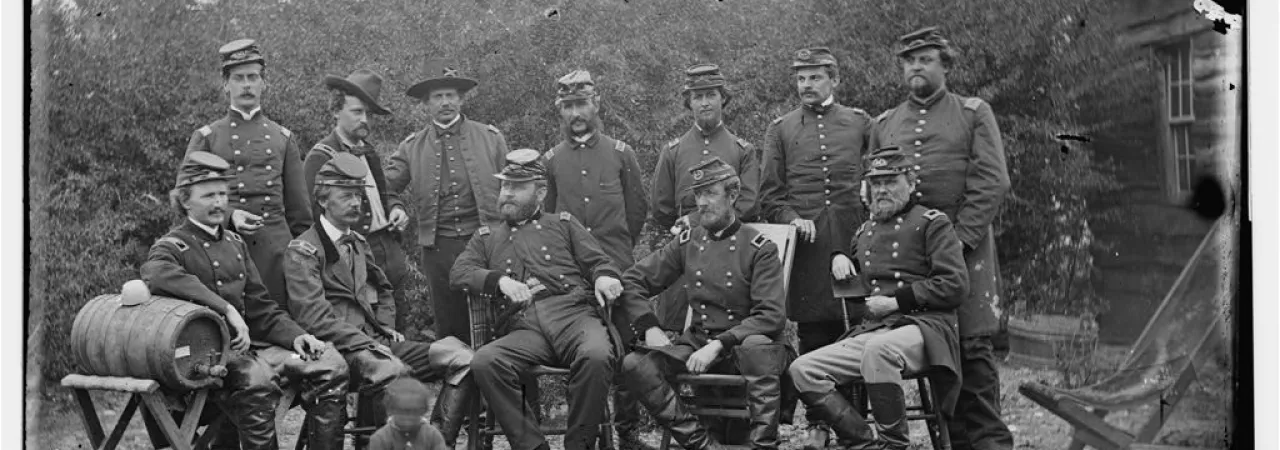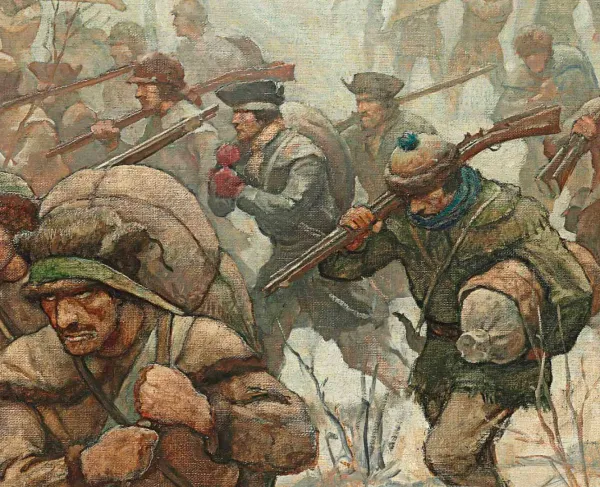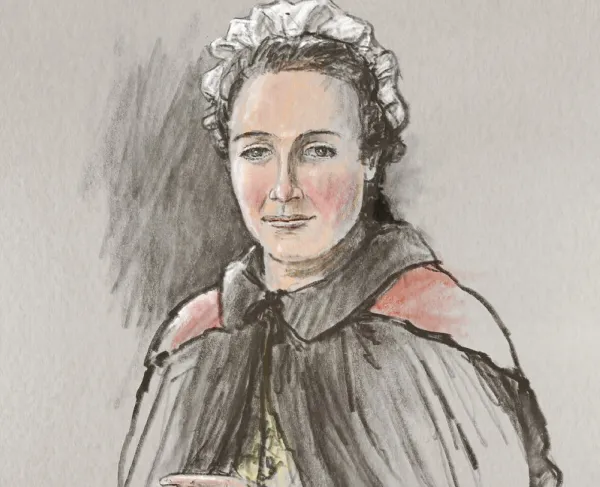
Sawbones. Crazy Bet. Killer Angel. These are just some of the names of beers that today bear names inspired by the Civil War. Along with historical names, breweries throughout the nation have also chosen Civil War inspired locations or recipes, and the National Museum of Civil War Medicine has even teamed up with a brewery to create its own unique, history-themed beer. It is tempting to think that this easy relationship between beer and these people and places dates back to the war itself. Yet, the story of beer, brewers, and breweries in the American Civil War is a bit more complex than it appears. Just as this is a story of water, hops, and barley, it is also a story of religion, politics, and what it means to be an American.
Beer’s place in the Civil War begins in the 1850s, during the influx of German immigrants who came largely to the North seeking refuge from political persecution and poverty following the revolutions that broke out in Germany in 1848 and 1849. Upon arriving in the United States, a number of German immigrants found and joined the growing market for beer in German-heavy cities such as St. Louis, Chicago, Milwaukee, and Philadelphia. Yet, this growing industry clashed with the religiously-inspired temperance movement, nativism, and anti-Catholic sentiment that were also prevalent during the 1850s. Aside from the Know-Nothings, a political party dedicated to xenophobia and anti-Catholicism, the Whigs hated alcohol and immigrants and the Democrats supported slavery, an institution that many previously oppressed Germans disliked. Uncertain in their political identity, some German immigrants turned to the new Republican party, which opposed slavery and temperance but remained noncommittal on immigrants. Xenophobia and temperance became intertwined as politicians and social reformers alike blamed German immigrants and the alcohol they brought with them for the nation’s growing issues.
Regardless of pre-war nativism, Germans throughout the country enlisted by the thousands once war came, ultimately forming 10% of the Union army and a sizeable market for beer. Regulations on the prevalence of the beverage among the troops began as early as September 1861, orders which were a result largely of some commanding officers’ sympathy to the temperance movement and the boisterous and sometimes violent outcomes of soldiers’ access to the drink. These early regulations had little impact on the German regiments of the Union armies, however, as their officers (who were commonly Germans themselves) allowed their soldiers access to beer for cultural reasons.
Unfortunately, this allowance only served to deepen the dislike that many American soldiers felt for their German counterparts. At first, the lack of beer drove American soldiers into German camps hoping for access to their supply; however, resulting behavioral problems among the American troops encamped near German units only inspired greater dislike among American and temperance-minded officers, as well as more stringent restrictions on beer for German units. As an increasing number of sutlers faced pressure to stop selling beer, German regiments began guarding their supply more closely, furthering the divide between German and American soldiers.
Union German soldiers across both theaters of war largely maintained this access to beer for the first two years of the war. Soldiers stationed in large western cities with a large German presence, such as St. Louis and New Orleans, found this access to be particularly easy, as a few breweries proved willing to donate kegs of their product to the cause. By late 1863, however, even German soldiers around the generous breweries of these cities found their access cut off due to increased army regulations. Officers ordered the closure of businesses selling all intoxicating beverages near army encampments, limiting the importation and sale of small quantities of alcohol to pharmacies, doctors, and hotels. By the brutal final years of the war, beer was a rare luxury item for all soldiers of the Union, regardless of nationality.
Unlike the Union, the Confederacy had few German immigrants, which in turn resulted in a general disinterest toward beer and a cultural preference for whiskey. For the few Germans that did fight for the South, however, beer continued to play an important role in their identity. As one soldier recounted, Union German prison guards in St. Louis shared beer with their Confederate German inmates in recognition of their shared heritage. After the war, the regional loyalties of many wartime Germans faded in the face of continued nativist sentiment and an apparent unappreciation for their role in the war. As the rest of the nation struggled to reunite during Reconstruction, German immigrants drew together to forge a German-American identity that continues to resonate to this day. Today, some commercial beers still bear German names, including some from brewers, like Anheuser-Busch, that survived the Civil War. Microbreweries also speak to this history, continuing a legacy started so long ago by the German immigrants of the 1840s and 50s.





